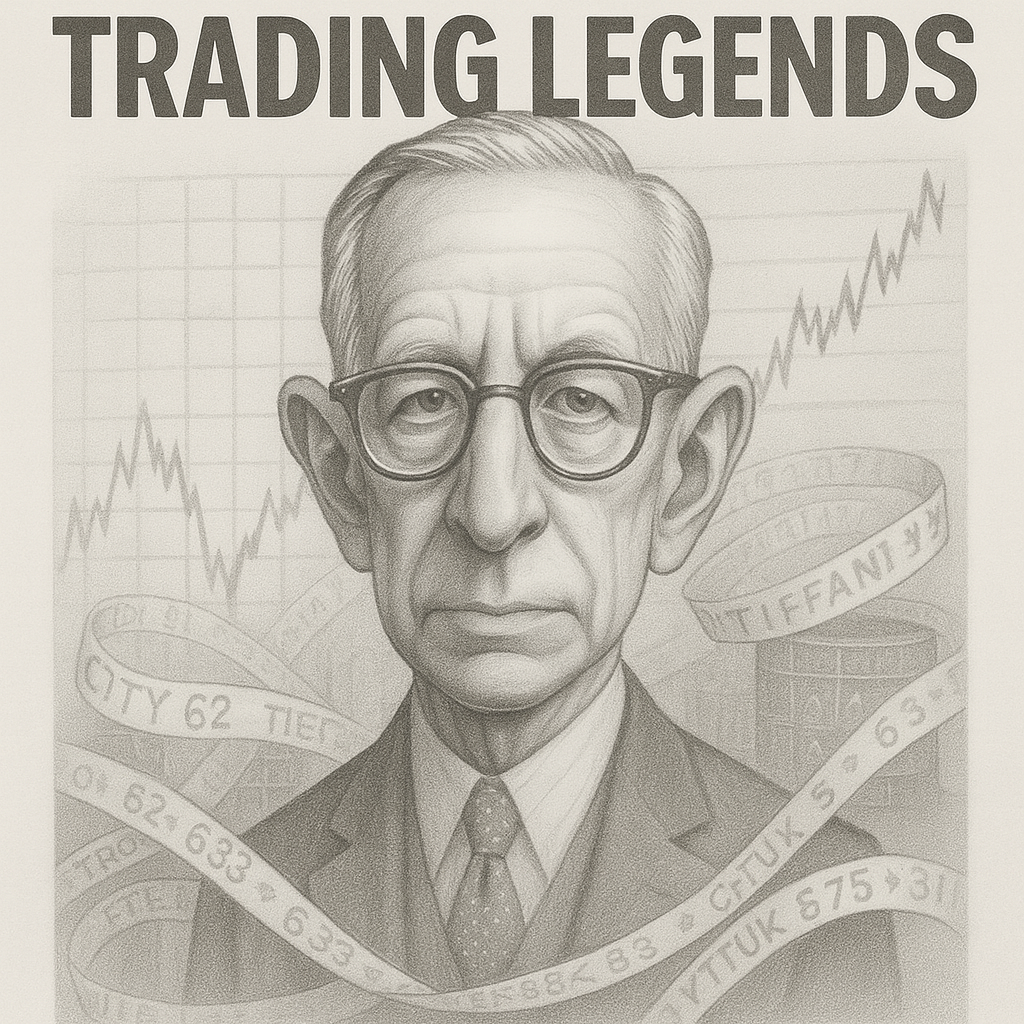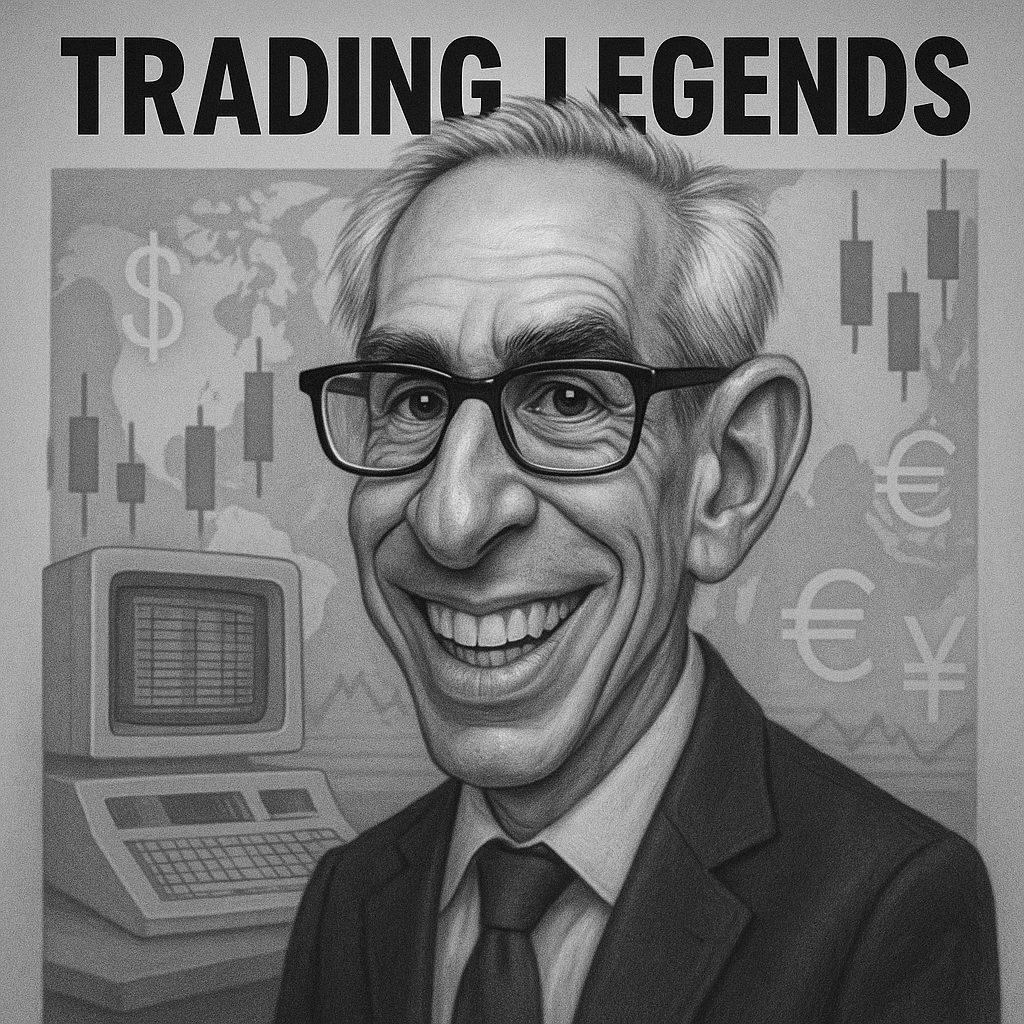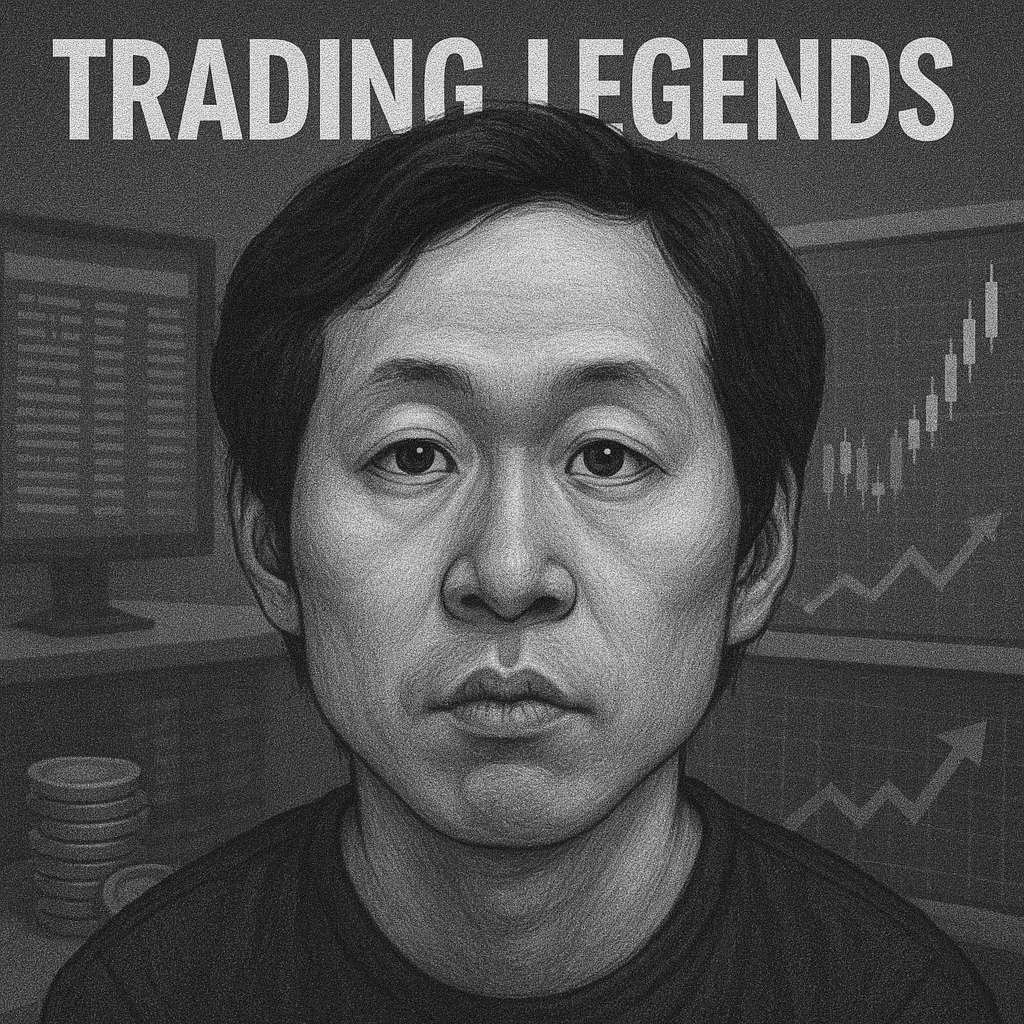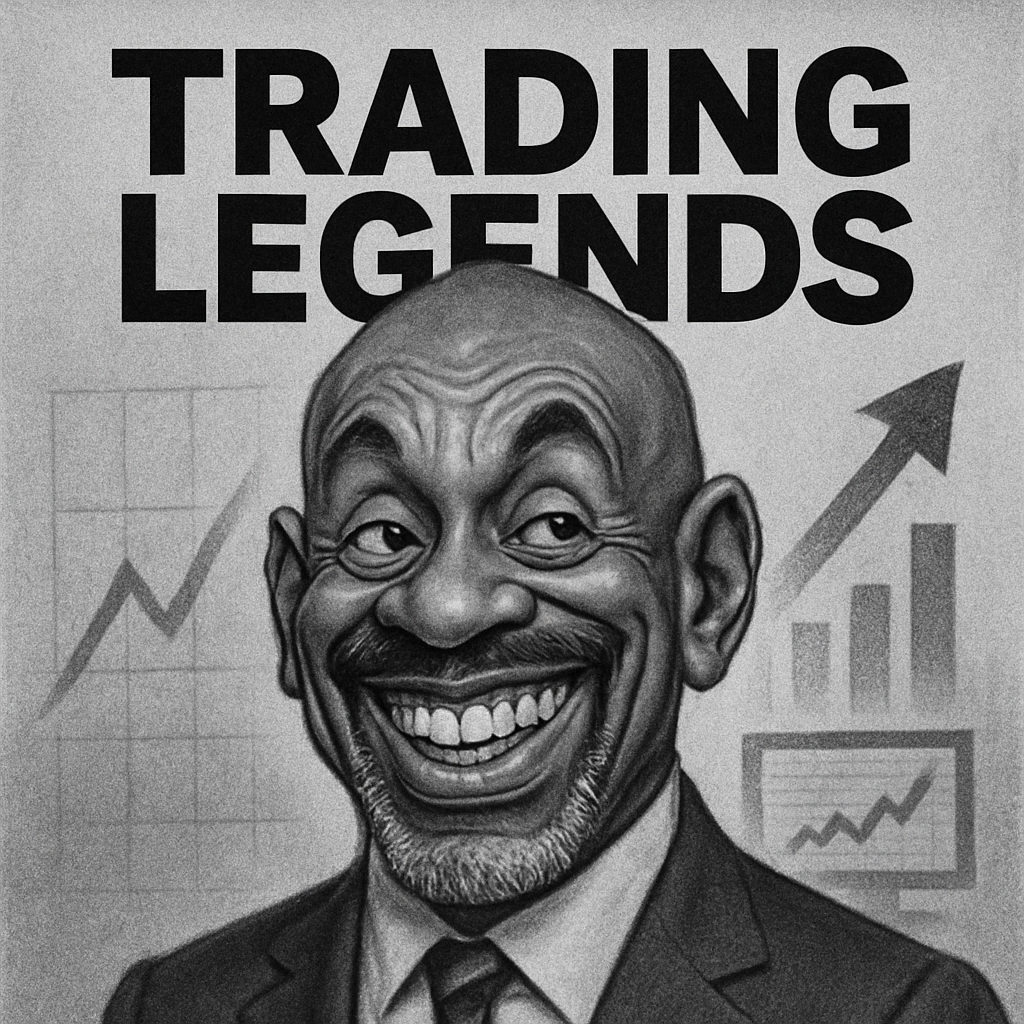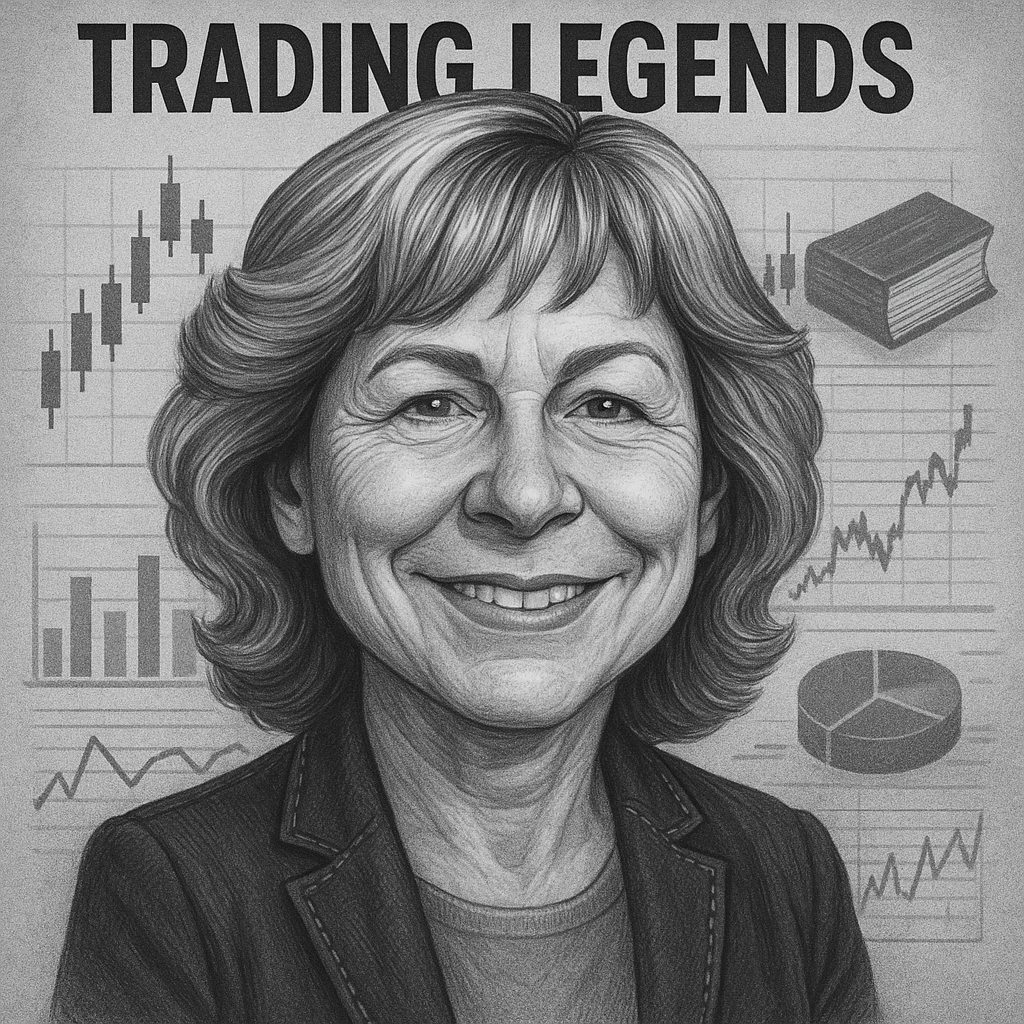Jesse Livermore, the original legendary stock pick, The Boy Plunger Who Tamed the Market.
On October 29, 1929—the day the stock market opened after Black Monday—Jesse Livermore stood atop a rickety trading desk at the New York Curb Exchange, calmly signaling his brokers to sell short. While panic swept Wall Street, his resolute voice cut through the chaos: “Let it come,” he murmured, eyes fixed on the tumbling tape. By the close, he had pocketed an estimated $100 million from a single day’s move—equivalent to over $1.4 billion today. Known as the “Boy Plunger” for his audacious bets, Livermore’s name became synonymous with market mastery. That decisive moment amid the 1929 crash encapsulates his career: a blend of steely nerve, acute observation, and the uncanny ability to ride every wave of market emotion.
Background and Early Life
Born on July 26, 1877, in Shrewsbury, Massachusetts, Jesse Lauriston Livermore grew up in a family of modest means. In 1891, at the age of 14, he left school to become a quotation board clerk at Paine Webber in Boston, painstakingly updating prices on a wooden board by hand. Mesmerized by the tick-by-tick fluctuations, Livermore began teaching himself to recognize recurring patterns in price movements—an education far removed from any textbook.
By 1892, he had scraped together $5 to place his first bucket-shop wager, speculating on shares of the Chicago, Burlington and Quincy Railroad. That modest bet earned him $3.12—enough to convince him there was money to be made, but not without risk. A string of early wins and crushing losses in those high-leverage venues taught him visceral lessons about the dangers of overexposure and the emotional roller coaster of speculation.
In 1899, Livermore moved to New York City, where he worked for several brokerage outfits before striking out on his own. Those formative years—long days chalking up quotations and sleepless nights poring over time-and-sales prints—cemented his belief that trading success depended less on pedigrees and more on disciplined observation and an unflinching grasp of market psychology.
Key Career Moments
The Bucket-Shop Apprentice (1890s). Livermore’s apprenticeship began in the shadowy world of bucket shops—informal outfits that allowed punters to gamble on price movements without ever owning the underlying commodity. Here, leverage was extreme, and house rules were unpredictable. In his first major win, a fortunate short in stock futures in 1892-93 netted him $1,000—a small fortune for a teenager. Yet a subsequent overleveraged position wiped him out entirely. “Pain teaches faster than comfort,” Livermore later reflected. That cycle of boom and bust instilled in him an early respect for stringent money management—a principle he would carry forward throughout his career.
The 1907 Panic and the Boy Plunger (1907). In October 1907, as Knickerbocker Trust teetered on the brink of collapse, Livermore—then 30 years old—sighted a frail bull rally. Acting on a hunch, he aggressively shorted the market, borrowing stocks from brokers at the height of euphoria. When the panic deepened and prices plunged, his positions yielded an estimated $1 million—over $30 million in today’s dollars. Newspapers dubbed him the “Boy Plunger” overnight, a nickname he wore with pride. That gambit cemented his reputation for contrarian courage and his belief that true opportunity lay in going against the herd.
The Roaring ’20s and the 1929 Crash (1920s–1929). Riding the post-World War I boom, Livermore refined his brand of momentum trading, systematically buying into strengthening trends and scaling out as momentum waned. By the mid-1920s, he managed pools of client capital, though his most lucrative trades were always from his own account. As stock valuations soared in 1928 and 1929, Livermore sensed growing fragility. He began shorting speculatively priced shares in August 1929, quietly building a short book while brokers reveled in the party.
When the crash arrived in late October, he was primed. On October 29, as the ticker tapes spat out unrelenting red, Livermore’s traders executed an all-out short assault. Fellow broker Charles Murphy recalled, “Jesse was stone-cold—no sign of doubt. He told us, ‘When they’re panicking, let them make prices for us.’” By the crash’s end, his profits were staggering, and he emerged as both prophet and profiteer of Wall Street’s darkest hour.
Setbacks and Final Years (1930s). Despite his towering successes, Livermore’s fortunes swung wildly thereafter. The Depression’s uncertainty and his own struggles with personal leverage drained much of his capital by the mid-1930s. He attempted comebacks, notably shorting cotton in 1934 and 1936, but the markets had changed. Persistent losses took a toll on his health and finances. In 1940, alone and in debt, Livermore took his own life in a New York City hotel room—an ending as dramatic as his life.
Trading Philosophy
At the heart of Livermore’s approach lay two immutable tenets: trend following and strict risk control. “Never argue with the tape,” he famously advised—meaning traders should respect the market’s directional bias, whether up or down. He believed that price movements—driven by collective psychology—unfold in discernible waves. By entering positions when momentum confirmed his thesis and trimming exposure at the first sign of reversal, he captured outsized gains while preserving capital.
Risk—Livermore insisted—must be measured in dollars, not ticks. He mandated that no single trade should risk more than a small fraction of total equity, and he placed stop‐loss orders to enforce discipline. “It is not good to be too curious about all the reasons behind price movement,” he wrote in Reminiscences of a Stock Operator, his semi-autobiographical classic. Instead, traders should focus on price action itself, letting it guide entries and exits. This blend of observational acuity and emotional detachment became the blueprint for countless modern systems, from systematic trend models to algorithmic strategies.
Conclusion
Jesse Livermore’s life was a study in extremes—spectacular triumphs followed by profound setbacks, all played out on the grandest stage of his time. His legacy endures not only in the annals of market lore but in the core principles he championed: ride trends, respect risk, and above all, master your own psychology. Though his final years were marked by tragedy, the lessons of his meteoric rise and fall continue to guide traders today. In an age of automated algorithms and high-frequency signals, Livermore’s insistence on simplicity—“the tape never lies”—remains a powerful reminder that in the ever-shifting currents of the market, it is often the clearest signals that carry the greatest reward.





